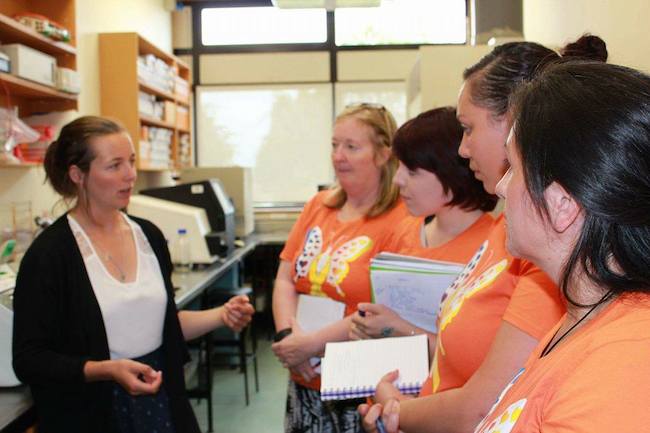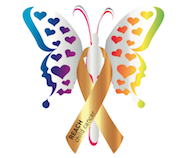Every week 3 children in NZ are diagnosed with cancer
Most people think that child cancers are rare but 1 in every 285 children will face cancer and the numbers of treatments designed specifically for youngsters is low.
While watching their children undergoing cancer treatment four Mums from Christchurch decided that there has to be a better way.
"We live with cancer every day. We worry about a relapse, we worry about a secondary cancer, we worry about late effects of the treatment." Charlotte's Mum, Anne, explained.
To advance research into child cancers, REACH was established. Originally named for of the 4 children who inspired REACH (Remember Eddie, Aliah, Charlotte and Harley), the name also encapsulates the vision of the charity: Research Education, and Awareness of Child Cancer and Hematology.
Child cancer treatment improvements
While child-cancer survival rates are increasing, 1 in 5 NZ children diagnosed will not survive. The vast majority of available treatments were originally designed for adults and are given in appropriately small doses wherever possible. Those drugs currently in development will not be available in time for those who have already been diagnosed with cancer.

Researcher Bryony Telford explains some of the technical aspects of cancer research.
Circulating tumour DNA (ctDNA)
By utilising circulating tumour DNA (ctDNA) technologies being developed by CTCR, the funds raised by REACH are enabling researchers to monitor treatment response by tracking the mutations specific to a child's tumour. ctDNA can be used to improve outcomes for those children already diagnosed with cancer. Based upon a normal blood sample, ctDNA can give a window into the progress of the tumour treatment. If a tumour is not responding to a treatment, ctDNA will show this sooner than current techniques.
Read more about related research:

